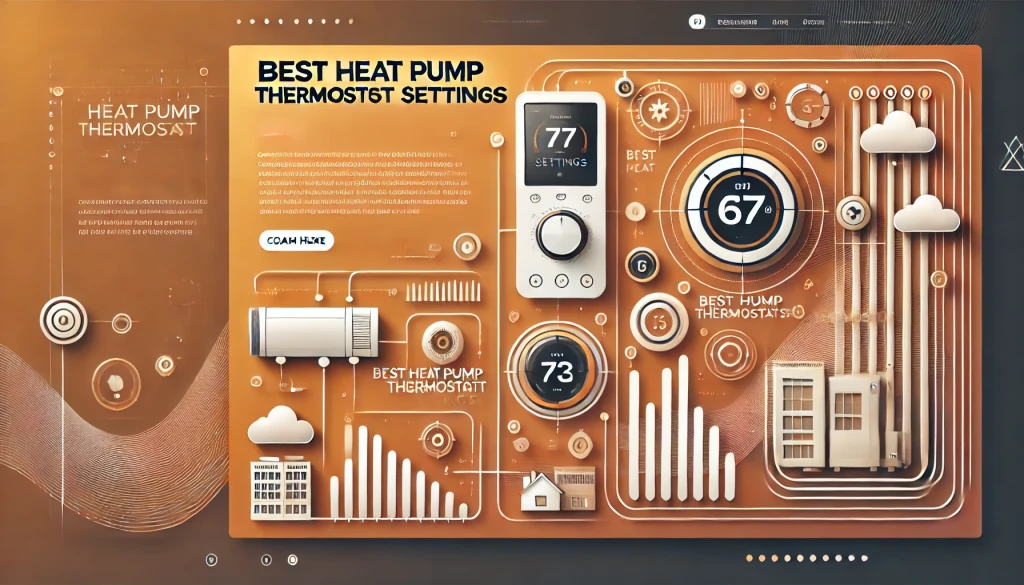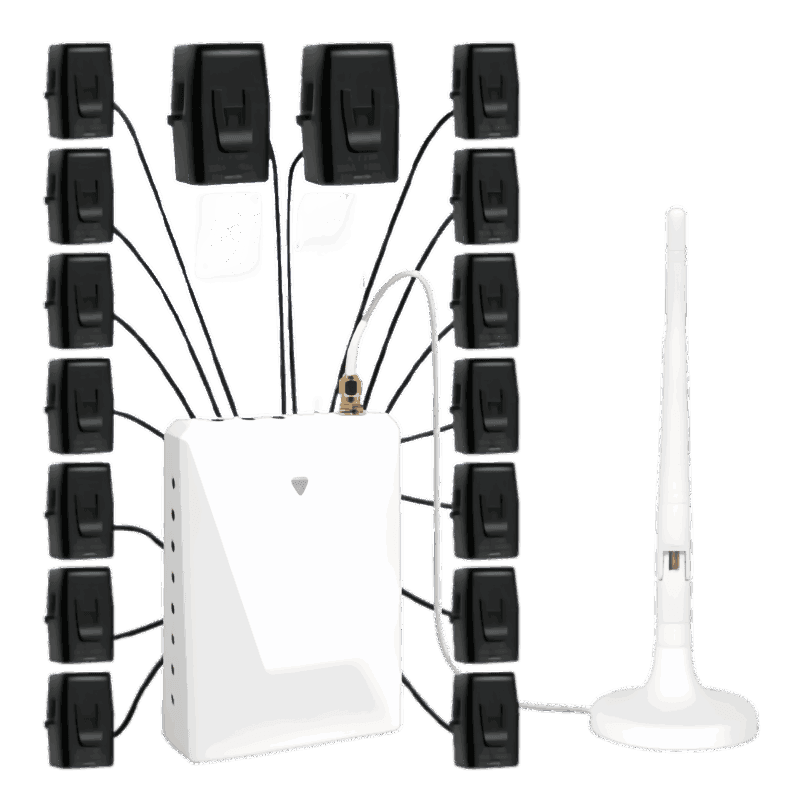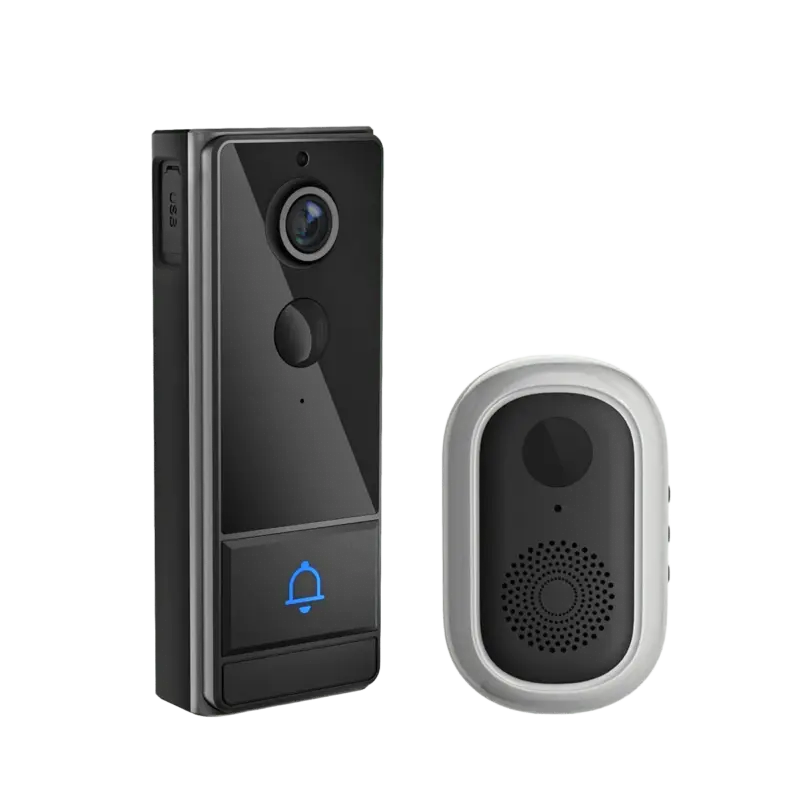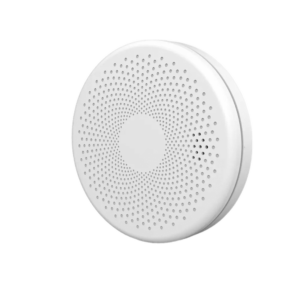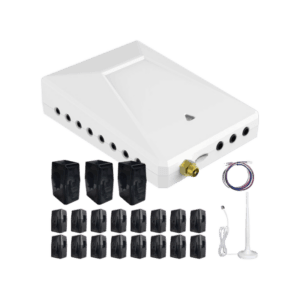In modern homes, smart thermostats and heat pump systems have become crucial tools for achieving energy efficiency and enhancing living comfort. However, does simply setting the thermostat to 26°C (78°F) guarantee optimal comfort and energy savings? This seemingly straightforward setting actually involves various complex factors, including individual preferences, environmental conditions, thermostat sensor placement, and other system settings. This article explores these factors in detail and provides practical advice for achieving the best comfort and energy efficiency.
1. Ideal Temperature of Thermostat Setting
Setting the thermostat to 26°C is widely recommended, especially in summer. The U.S. Department of Energy suggests that setting the air conditioner to 26°C in summer can maximize energy savings without compromising comfort. Research indicates that raising the thermostat setting by just 1°C can save about 5% to 8% on energy costs ^1,Best Heat Pump Thermostat Settings.
However, temperature settings are more than just choosing a specific number. For winter, the Department of Energy recommends setting the thermostat between 20°C and 22°C. This range provides sufficient warmth while effectively controlling energy consumption ^2,Best Heat Pump Thermostat Settings: Everything You Need to Know. These settings should also be adjusted based on the actual needs of household members and environmental conditions. For instance, during extremely cold winters, setting the temperature slightly higher can ensure indoor comfort.
2. Individual and Environmental Differences
Each person's comfort temperature varies, meaning 26°C might be very comfortable for one person but too hot or cold for another. These individual differences necessitate flexible thermostat settings to meet the varying needs of household members. For example, some may prefer a slightly higher temperature, especially in rooms with low humidity ^3,Best Heat Pump Thermostat Settings.
Besides individual differences, environmental conditions are also crucial. Different rooms and home environments have varying temperature requirements. Humidity plays a significant role here. High humidity can increase the perceived temperature, making it feel stuffy even if the set temperature remains constant ^4,What temperature should you set your heat pump / air conditioner to?。. Therefore, during humid summers, using the dehumidification mode can lower indoor humidity and enhance comfort. Additionally, air circulation and room insulation performance can affect the actual perceived temperature. In such cases, appropriate adjustments based on specific environments are necessary to achieve optimal results.
3. Thermostat Sensor Placement
Thermostats are usually installed on walls, which means the temperature they measure might differ from the actual room temperature. Especially if the thermostat is near an air vent, the measured temperature might be lower or higher, causing the set 26°C not to accurately reflect the room's actual temperature ^5,What temperature should you set your heat pump / air conditioner to?. Understanding the placement of thermostat sensors is crucial for accurate temperature settings.
To address this, several measures can be taken. For instance, manually adjusting the fan speed and air vent direction can prevent cold or hot air from blowing directly onto the thermostat, leading to inaccurate temperature measurements ^6,Best Heat Pump Thermostat Settings: Everything You Need to Know. Additionally, using smart thermostats with multiple sensors can better reflect the room's overall temperature. Some advanced thermostats can even integrate data from multiple sensor locations to make comprehensive judgments and adjustments.
4. The Impact of Auto Mode
Auto mode is a convenient feature of modern smart thermostats, allowing automatic switching between cooling and heating modes based on indoor and outdoor temperatures. However, this automated switching can present issues in practical applications. Frequent mode changes can lead to the compressor constantly turning on and off, increasing energy consumption and potentially shortening the equipment's lifespan. Moreover, frequent on-and-off cycles can affect indoor comfort, causing significant temperature fluctuations ^1,What is the best way to operate my heat pump? • CleanBC Better Homes.
Using Grus.io's smart thermostat as an example, this device can intelligently adjust room temperature in auto mode. To avoid frequent cycling, it is advisable to manually switch to cooling or heating mode during seasons with large temperature variations, such as spring and autumn. This reduces the compressor's load, improving equipment efficiency and lifespan. Manual mode also allows users to make more precise adjustments based on specific needs and comfort, avoiding discomfort caused by auto mode ^2,What temperature should you set your heat pump / air conditioner to?.
5. The Impact of Humidity
Humidity is a crucial factor affecting perceived temperature. In summer, high humidity can make the body feel hotter, even if the set temperature is comfortable. Similarly, in winter, high humidity can make a room feel colder. Therefore, controlling indoor humidity is essential for a comfortable living environment ^3,What temperature should you set your heat pump / air conditioner to?.
The ideal indoor humidity range is typically between 45% and 55%. Within this range, people feel most comfortable, and it helps prevent mold and dust mites. Grus.io's smart thermostat features a humidity sensor that can monitor indoor humidity in real time and automatically adjust humidity levels through integration with air conditioners and humidifiers. For example, in summer, high humidity can trigger the dehumidification mode to lower humidity and enhance comfort. In winter, if humidity is too low, a smart humidifier can increase humidity, preventing the air from becoming too dry ^4,What is the best way to operate my heat pump? • CleanBC Better Homes ^5,Best Heat Pump Thermostat Settings.
6. Smart Control and Automation
The development of modern smart home systems has made thermostats more than just simple temperature control devices; they are now integrated control centers with multiple functions. Grus.io's smart thermostat can not only manually adjust temperature and humidity but also be remotely controlled and automated through smart home platforms ^6,Best Smart Thermostats: 2023 Pricing & Reviews | EnergySage.
Smart Learning and Behavior Prediction
Grus.io's smart thermostat can learn users' habits and behaviors. Over time, it can remember user preferences and automatically adjust settings. For example, it can increase the temperature in the morning when users wake up and lower it at night when they go to sleep. This smart learning function not only enhances comfort but also significantly saves energy ^7,Best Smart Thermostats: 2023 Pricing & Reviews | EnergySage.
Geofencing Technology
Geofencing technology is an advanced feature of smart home systems. Grus.io's smart thermostat can use the phone's location function to determine whether the user is at home. When the user leaves home, the thermostat automatically switches to energy-saving mode; when the user approaches home, the thermostat adjusts to a comfortable mode in advance. This technology ensures maximum energy savings without compromising comfort ^8,Best Smart Thermostats: 2023 Pricing & Reviews | EnergySage.
Integration with Other Smart Home Devices
Grus.io's smart thermostat can seamlessly integrate with other smart home devices, such as smart lighting systems and smart security systems. For example, when the thermostat detects a high room temperature, it can automatically adjust curtains or blinds to block direct sunlight and lower the indoor temperature. Additionally, users can control the thermostat via voice assistants like Amazon Alexa and Google Home, further enhancing convenience ^9,Best Smart Thermostats: 2023 Pricing & Reviews | EnergySage.
In summary, while setting the thermostat to 26°C can be a good starting point, achieving optimal comfort and energy efficiency requires considering multiple factors. Individual differences, environmental conditions, thermostat sensor placement, humidity control, and the use of smart control systems all play essential roles in the effectiveness of thermostat settings. By using smart thermostats like those from Grus.io and making adjustments based on actual conditions, you can enjoy a comfortable living environment while achieving efficient energy use and cost savings.
References:
